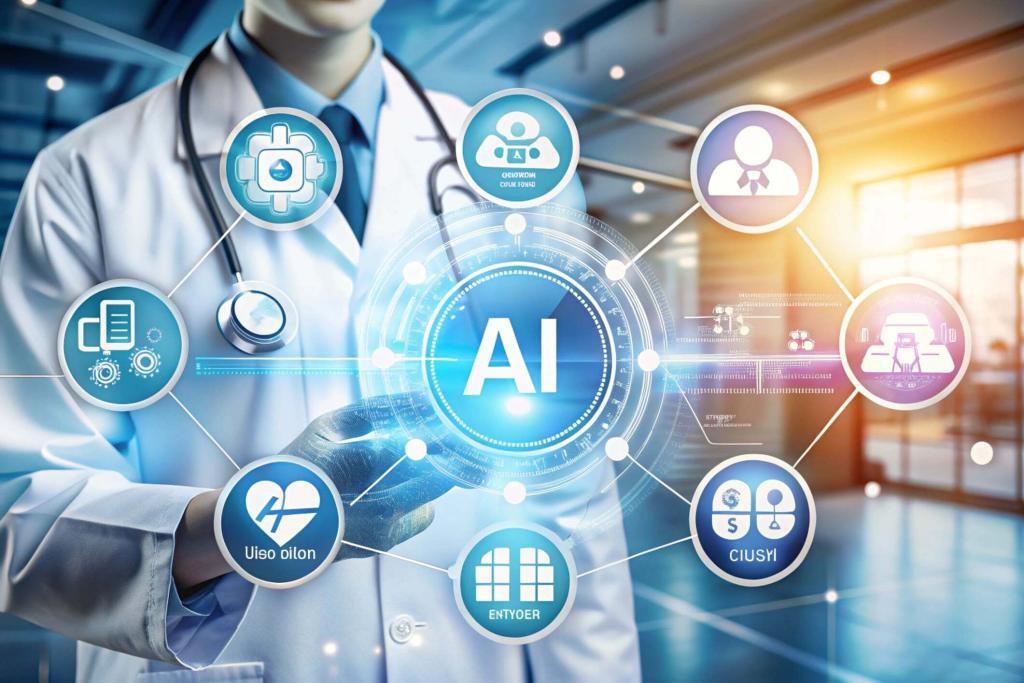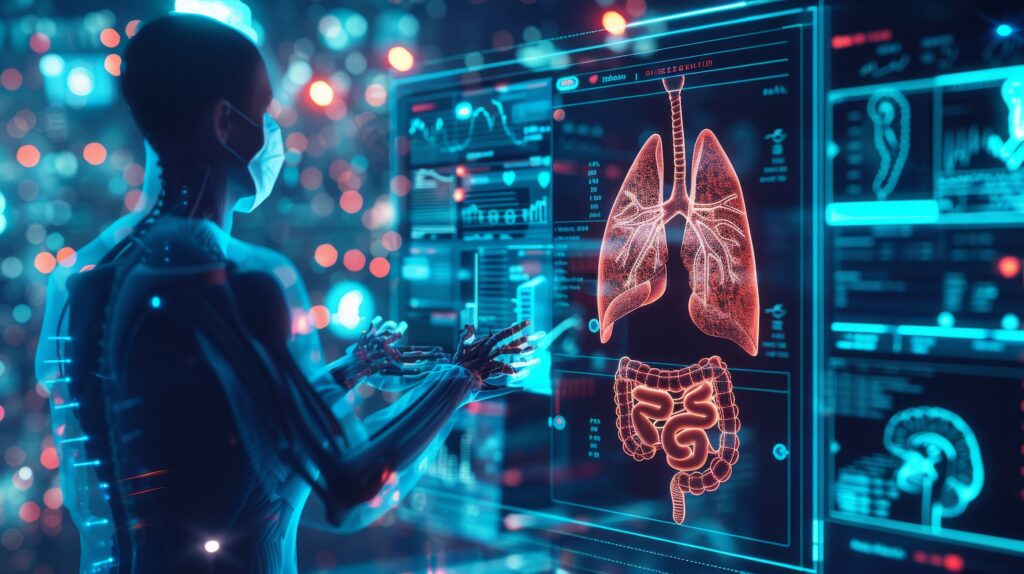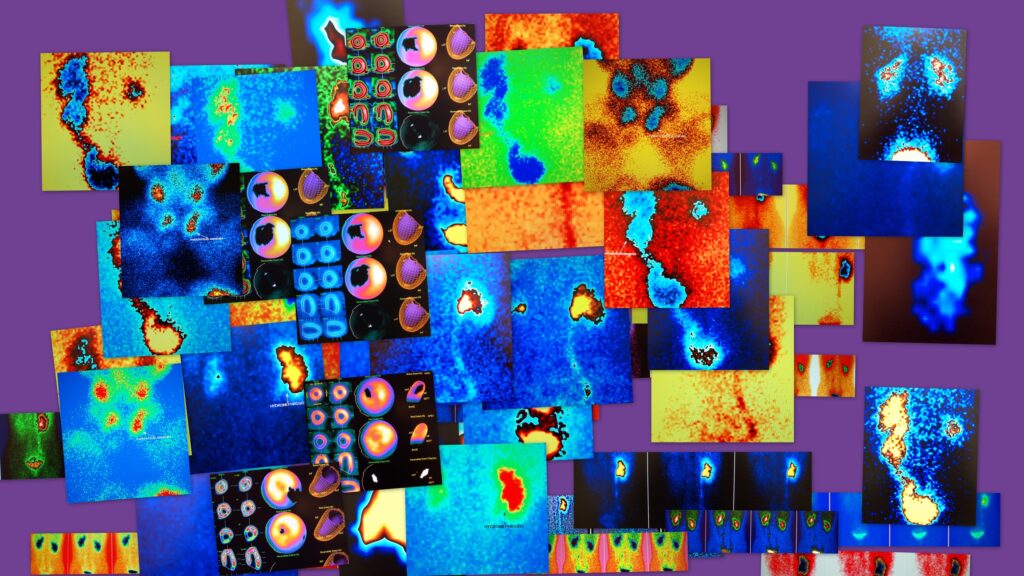Medical journals educate physicians, scientists, and policymakers globally. However, if a paper is sealed behind a language barrier, its contribution dwindles. That’s where AI‑driven audio translation might be the game-changer. Instead of reading text, this strategy translates written journal material into speech and then into other languages. Technology managing this process is on the rise to assist non-English speakers in digesting research in verbal form, not merely hung text.
For example, an audio translation process could record an article and then translate it into another language as speech. What this really means is accessible knowledge regardless of reading ability or language fluency, and yes, I’m referring to the practical use of audio translation tools that convert medical articles into other languages via speech.
Let’s break it down.
Why does this Idea Matter?
Medical research grows fast. Thousands of articles appear weekly in multiple languages. Not everyone reads English fluently, and many clinicians prefer listening to reading. Converting a journal article into oral translation makes information immediately available, particularly for healthcare practitioners in non‑English speaking areas. Audio output is convenient to download, listen to on mobile devices, and accommodate multitasking.
Rather than having to wrestle with heavy text, a clinician might listen while on the move, such as commuting, walking between wards, or scanning treatment protocol hands‑free.
Another benefit: audio can include pronunciation cues for medical terminology. Hearing conditions like dysbiosis, tachycardia, or cytokine in another language builds confidence in spoken use. That’s a subtle but helpful aid.
Real Capabilities versus Limits
We’re not talking sci‑fi here. AI speech recognition like Whisper from OpenAI now handles noisy recordings, strong accents, and domain jargon better than ever. Then, the translation models process the transcription.
For clinical speech, efforts such as MultiMed‑ST have made public large multilingual datasets and models for five prominent languages, enhancing the translation of clinical material such as diagnosis sentences or patient‑provider conversations. That’s building-block work.
Meanwhile, systematic reviews indicate AI translation achieves more than 90 per cent accuracy for short, uncomplicated clinical sentences but falters with longer, more context‑specific discussions or less‑popular languages.
That’s what counts: AI can perform satisfactorily for summarising abstracts, delivering methodology points, or reading out seminal findings when subtlety is restricted. But if research includes nuanced interpretation, cultural specificity, or intricate syntax, AI can cause confusion or inaccurate wording.
When Audio Translation is beneficial
- Brief summary announcements. The creation of brief audio equivalents of abstracts makes it easier for non‑English speakers to learn new research at a glance. That’s convenient for overwhelmed clinicians or global health networks.
- Conference highlight reels. Pictures recorded discussions being automatically translated into several languages as voiceovers. Scholars who were absent during sessions in an international event can continue to uptake significant findings.
- Educational use. Trainers or instructors in multilingual environments would be able to provide translated audio clips to assist students in grasping key methodology or findings.
- Accessibility support. Low literacy or visually impaired listeners can also tap into frontier research via spoken translation.
Why is it not all rosy?
- Medical content requires accuracy. A misspelling in dosage or method can carry dire consequences. Studies indicate that although AI programs such as Google Translate perform well when isolated sentences are translated, human translation still proves to be more accurate in integrated, context‑sensitive scenarios. Users are less satisfied when using AI translations for matters of emotion or sensitivity.
- Voice quality also counts. Speech engines occasionally mispronounce words or disregard speaker identity. Authorial tone in medical journals or highlighting findings needs to be subtly and significantly preserved. Direct speech-to-speech models such as Translatotron 2 try to uphold voice subtleties, but broad quality validation across medicine is limited.
- Data privacy is a red flag. Patient case studies may be included in journal content. If transcription and translation occur on insecure platforms, patient‑identifiable data may leak. Regulations such as HIPAA or GDPR place restrictions on data handling. Healthcare institutions need to thoroughly vet vendors and make sure that there is encryption, no retention for extended periods, and human review procedures.
- Data bias in training is another hazard. AI trained predominantly on English and large European languages might not be as reliable for low‑resource languages. That disparity restricts the usefulness in the Global South contexts or for indigenous languages.
Best practices for applying Audio Translation in Medical Journals
- Marshall AI and human proofreaders. Leave transcription, first translation, and voice synthesis to AI. Then human experts check for accuracy and context.
- Put effort into abstracts and summaries. Translate into short pieces to begin. Determine mistakes before proceeding to full papers.
- Use secure platforms. Select products, such as Murf AI, that comply with data protection law and ensure encrypted processing without retention of personal data.
- Add disclaimers. Where audio translation is supplied to clinicians, indicate that it’s machine‑generated and should be cross‑checked prior to clinical use.
- Get feedback. Observe listener understanding and report errors. Note which pairs of languages are successful and where there is room for improvement.
- Train AI systems on medical corpora. Improved domain‑specific training enhances terminology management over time. Research efforts such as MultiMed‑ST serve as a good model for creating more precise, multilingual medical speech models.
So, is this hype or help?
Here’s the deal: audio translation of medical journals isn’t hype, but it’s not magic either. It’s a “help” tool when applied correctly, as part of a workflow. It accelerates access, extends reach, and offers real-world value for clinicians who prefer to consume content by ear.
Where it loses out is when it is overtrusted. Used without human filtering, or applied to sophisticated research unadapted, it can lead to error. It’s not yet ready to fully displace expert translators.
Disclaimer
The information provided in this article is for general informational and educational purposes only. AI-powered audio translation technologies for medical journals are still developing, and their accuracy, reliability, and suitability for clinical use may vary widely depending on the language, complexity of content, and system used. Audio translations generated by AI should not be considered a substitute for professional human translation or peer-reviewed medical interpretation. Clinicians, researchers, and policymakers should exercise caution, verify critical information against the original source text, and seek expert guidance before making medical or scientific decisions based on AI-generated translations. Open Medscience does not endorse or guarantee any specific AI translation tool or platform mentioned in this article.
You are here: home » diagnostic medical imaging blog »



